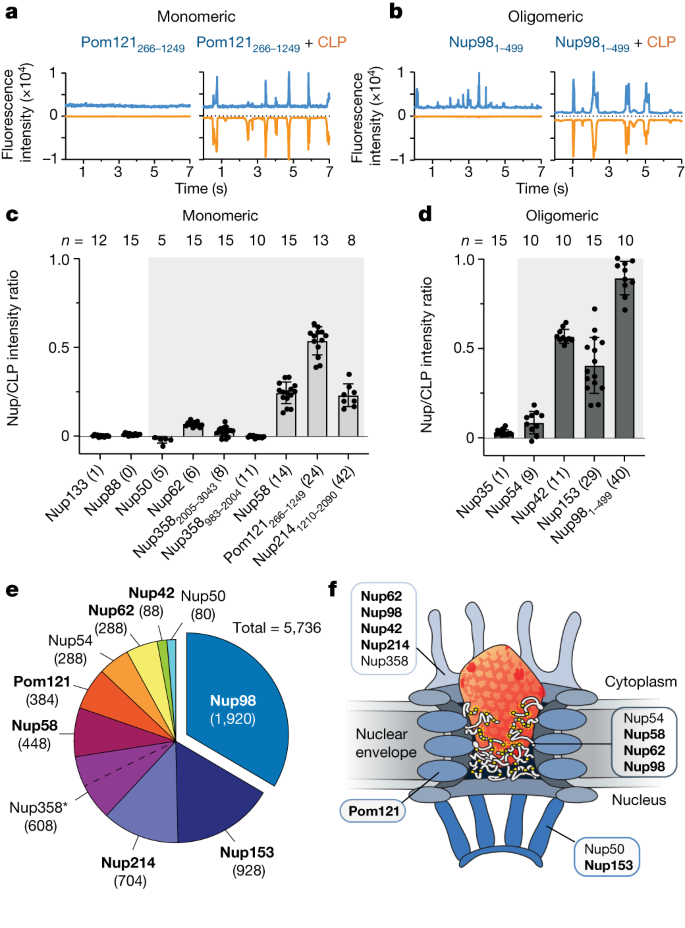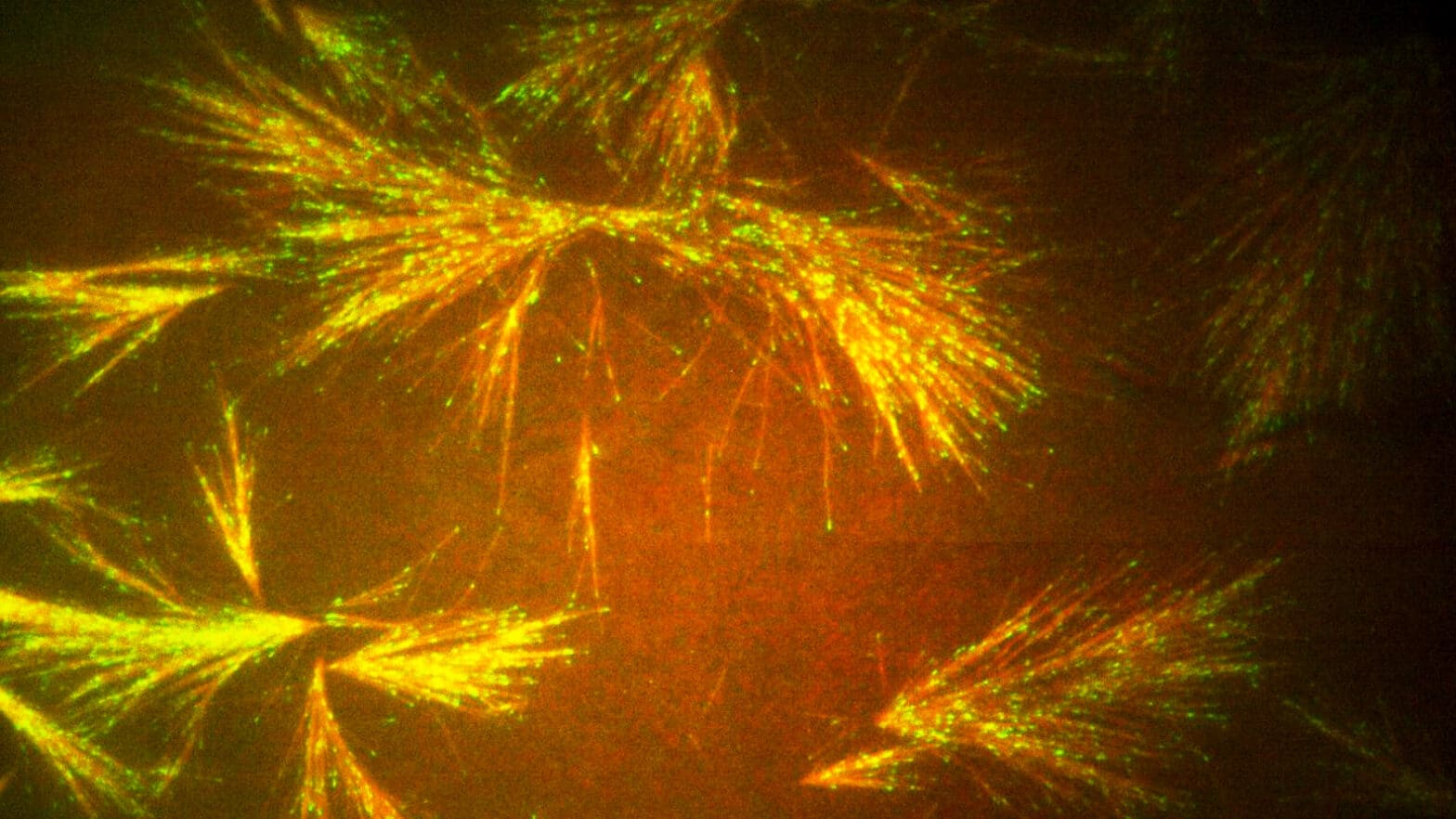2024-01-25 ニューサウスウェールズ大学(UNSW)
◆この発見はHIV生物学に限らず、ホストと病原体の相互作用を理解する上での重要な知見であり、遺伝子治療など他の応用にも適用可能。Jacques博士は、UNSWの多様な専門知識とインフラがプロジェクトの成功に寄与したとし、HIV研究への重要な貢献だと述べている。
<関連情報>
- https://newsroom.unsw.edu.au/news/health/how-does-hiv-get-cells-centre-kickstart-infection
- https://www.nature.com/articles/s41586-023-06969-7
HIVカプシドはカリオフェリンのFG-ヌクレオポリンへの関与を模倣するThe HIV capsid mimics karyopherin engagement of FG-nucleoporins
C. F. Dickson,S. Hertel,A. J. Tuckwell,N. Li,J. Ruan,S. C. Al-Izzi,N. Ariotti,E. Sierecki,Y. Gambin,R. G. Morris,G. J. Towers,T. Böcking & D. A. Jacques
Nature Published:24 January 2024
DOI:https://doi.org/10.1038/s41586-023-06969-7

Abstract
HIV can infect non-dividing cells because the viral capsid can overcome the selective barrier of the nuclear pore complex and deliver the genome directly into the nucleus1,2. Remarkably, the intact HIV capsid is more than 1,000 times larger than the size limit prescribed by the diffusion barrier of the nuclear pore3. This barrier in the central channel of the nuclear pore is composed of intrinsically disordered nucleoporin domains enriched in phenylalanine–glycine (FG) dipeptides. Through multivalent FG interactions, cellular karyopherins and their bound cargoes solubilize in this phase to drive nucleocytoplasmic transport4. By performing an in vitro dissection of the nuclear pore complex, we show that a pocket on the surface of the HIV capsid similarly interacts with FG motifs from multiple nucleoporins and that this interaction licences capsids to penetrate FG-nucleoporin condensates. This karyopherin mimicry model addresses a key conceptual challenge for the role of the HIV capsid in nuclear entry and offers an explanation as to how an exogenous entity much larger than any known cellular cargo may be able to non-destructively breach the nuclear envelope.


